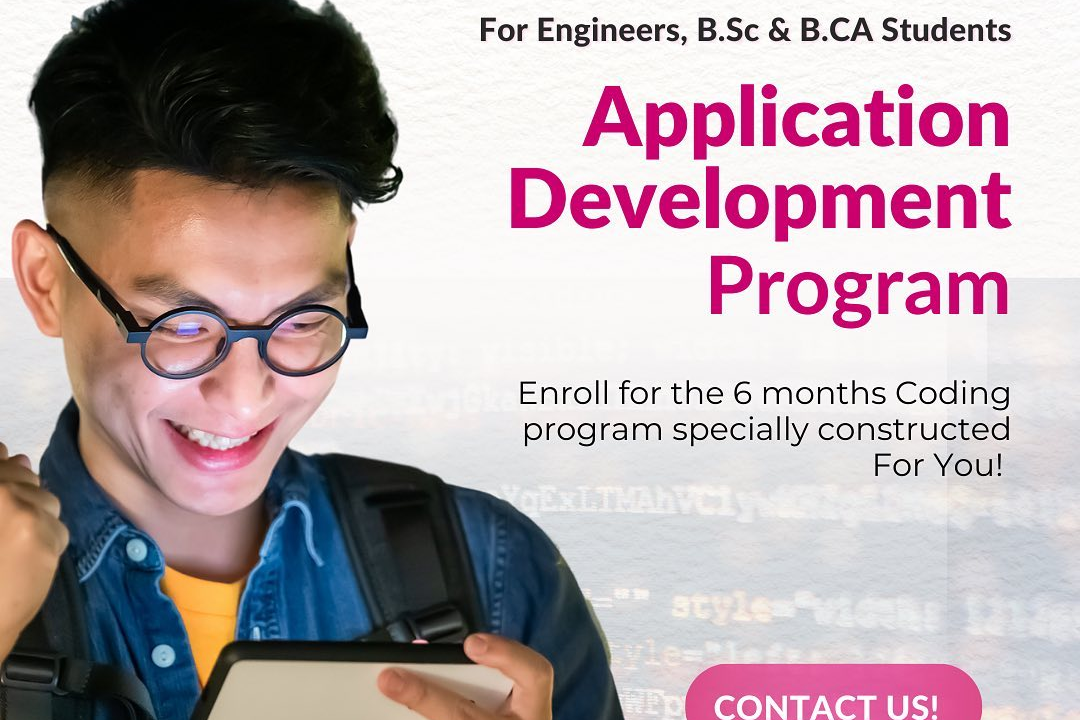Flutter App Lifecycle Management Strategies
Effective Strategies for Managing Flutter App Lifecycle
Flutter App Lifecycle Management Strategies
Flutter app lifecycle management refers to the strategies and techniques developers use to handle the different states of an application during its lifecycle, which includes creation, pause, resume, and termination. Flutter applications go through various states as a result of user interactions or system processes, such as when the app starts, moves to the background, or returns to the foreground. Utilizing the `WidgetsBindingObserver` allows developers to listen for changes in the app's lifecycle, while the `State` class enables the management of state transitions for different widgets. Developers can implement lifecycle-aware logic by overriding methods like `initState`, `dispose`, and `didChangeAppLifecycleState` to perform tasks such as saving data, managing resources, or updating the UI accordingly. Effective lifecycle management ensures a smooth user experience and helps maintain the application’s performance by efficiently handling resources during these state transitions.
To Download Our Brochure: https://www.justacademy.co/download-brochure-for-free
Message us for more information: +91 9987184296
1 - Understanding App Lifecycle States:
Familiarize students with the main app states: Not Running, Inactive, Paused, Resumed, and Suspended. Each state has implications for resource management and user experience.
2) Widgets and `StatefulWidget`:
Introduce the concept of `StatefulWidget` and `StatelessWidget`. Emphasize how state management is crucial during different lifecycle stages.
3) Using `WidgetsBindingObserver`:
Teach students to implement `WidgetsBindingObserver` to listen to lifecycle events and respond accordingly, facilitating tasks like resource clean up and preserving state.
4) Implementing `didChangeAppLifecycleState`:
Demonstrate how to override the `didChangeAppLifecycleState` method to handle logic for when the app transitions between states, such as pausing animations or saving data.
5) Managing Background Processes:
Explain how to manage background processes to save data or perform tasks when the app is moved to the background, ensuring data integrity.
6) State Persistence with `SharedPreferences`:
Introduce `SharedPreferences` for persisting simple data across app restarts, encouraging students to think about user experience continuity.
7) Using `Provider` for State Management:
Teach how to use the Provider package for efficient state management that encourages separation of concerns and reactive programming.
8) Employing `BLoC` Pattern:
Introduce the BLoC (Business Logic Component) pattern for managing state and making the app reactive while handling complex state transitions.
9) Lifecycle Hooks in `State` Class:
Discuss how to utilize lifecycle hooks in the `State` class, such as `initState`, `dispose`, and `setState`, to manage resources effectively.
10) Handling Network Calls on Lifecycle Changes:
Illustrate how to appropriately handle network calls in response to lifecycle changes, ensuring tasks are efficiently managed to avoid memory leaks.
11) Navigation and Routing Management:
Emphasize the importance of managing navigation effectively during state transitions, maintaining a seamless user experience even when the app state changes.
12) Testing Lifecycle Management:
Introduce methods to test lifecycle management logic using Flutter's testing framework, ensuring that apps behave correctly through transitions.
13) Using `async` and `await` for Asynchronous Tasks:
Teach students to handle asynchronous tasks effectively during lifecycle events, explaining how `async` and `await` improve readability and performance.
14) Efficient Resource Management:
Discuss strategies for managing resources, such as image caching and data cleanup, to optimize app performance during lifecycle events.
15) Security and Data Protection:
Educate on securing sensitive data during app transitions, emphasizing best practices for protecting user information, especially when the app goes into the background.
16) Debugging Lifecycle Issues:
Provide insights on how to debug common lifecycle issues, helping students to identify problems in state management and resource allocation quickly.
17) Platform Specific Lifecycle Behavior:
Discuss the differences in app lifecycle behavior across iOS and Android platforms, ensuring that students understand how to tailor their apps for different environments.
18) Documentation and Resources:
Encourage students to utilize Flutter’s official documentation and community resources to deepen their understanding of lifecycle management.
This training program should give students a robust understanding of Flutter app lifecycle management, empowering them to create more efficient and user friendly applications.
Browse our course links : https://www.justacademy.co/all-courses
To Join our FREE DEMO Session: Click Here
Contact Us for more info:
Understanding IOS App Monetization Challenges
JavaScript Tutor
java training institutes in mehdipatnam
Android Training Pilibhit
Flutter Training in Jorhat











